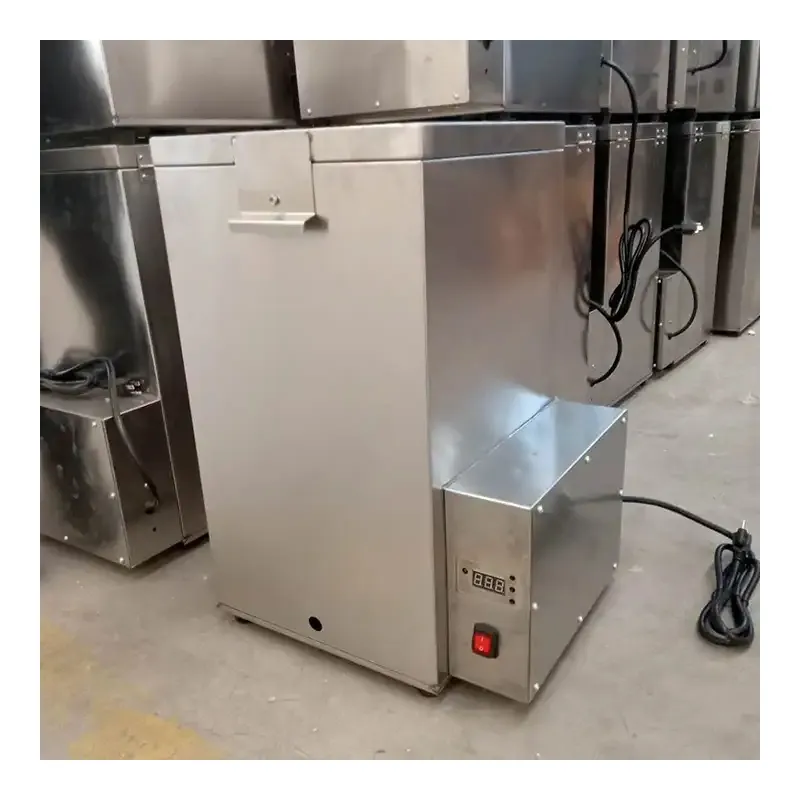Laboratory Exhaust Fan Solutions for Improved Air Quality and Safety
Nov . 28, 2024 01:46 Back to list
Laboratory Exhaust Fan Solutions for Improved Air Quality and Safety
Exhaust Fans for Laboratories Essential for Safety and Efficiency
In modern laboratories, where a multitude of experiments and analyses are conducted, ensuring a safe and conducive working environment is crucial. Among the various components that contribute to laboratory safety, exhaust fans play a pivotal role. These powerful devices help maintain air quality by effectively removing hazardous fumes, vapors, and particulates. This article explores the importance of exhaust fans in laboratories, their working mechanisms, and tips for selecting the right exhaust system.
The Importance of Exhaust Fans in Laboratories
The primary function of an exhaust fan is to ventilate stale air and remove pollutants from a confined space. In laboratories, where chemical reactions, biological processes, and other potentially hazardous activities take place, maintaining a constant flow of fresh air is vital. Poor ventilation can lead to the accumulation of toxic substances, which may pose health risks to laboratory personnel. By ensuring proper air exchange, exhaust fans minimize the likelihood of respiratory problems and other health issues attributed to exposure to harmful agents.
Moreover, an effective exhaust system helps maintain optimal temperatures and humidity levels within the laboratory setting. By regulating these environmental factors, exhaust fans contribute to more accurate experimental results, as certain reactions and processes can be sensitive to changes in temperature and moisture. In addition, proper ventilation helps control odors, creating a more pleasant working environment.
How Exhaust Fans Work
Exhaust fans operate by creating a negative pressure within the laboratory space. When the fan is turned on, it draws air out of the laboratory, creating a vacuum effect. This negative pressure allows fresh air to flow into the lab from outside, promoting an ongoing exchange of air. The design and placement of the exhaust fan are critical, as they determine how efficiently the air is removed and replaced.
High-efficiency particulate air (HEPA) filters are often used in conjunction with exhaust fans to capture fine particles and contaminants. By integrating these filters, laboratories can significantly reduce airborne pollutants, providing an additional layer of protection for personnel and ensuring compliance with safety regulations.
Selecting the Right Exhaust Fan System
exhaust fan for laboratory

Choosing the appropriate exhaust fan system for a laboratory involves several considerations. First, it is essential to evaluate the specific needs of the laboratory, including the types of experiments being conducted and the hazardous materials involved. This assessment will help determine the required airflow rate, fan capacity, and filtration needs.
Another important factor is the fan's noise level. In a laboratory setting, excessive noise can be distracting and hinder productivity. Selecting a fan designed for quiet operation can help maintain a focused work environment.
The location and installation of the exhaust fan are also crucial. It’s vital to position the fan in areas where contaminants are most likely to be generated. For instance, fume hoods, chemical storage areas, and places where volatile substances are used should be prioritized for exhaust coverage.
Maintenance and Compliance
Regular maintenance of exhaust fans is crucial to ensure their ongoing efficiency and effectiveness. This includes cleaning or replacing filters, inspecting fan blades for wear and tear, and ensuring that ducts and ventilation systems are free of blockages. A well-maintained exhaust system will perform better and last longer, ultimately saving costs in replacement and repairs.
Furthermore, compliance with local and national safety regulations cannot be overstated. Laboratories must adhere to guidelines set forth by organizations such as the Occupational Safety and Health Administration (OSHA) and the Environmental Protection Agency (EPA). Regular audits and inspections can help ensure that exhaust fans are operating correctly and that the laboratory environment is safe for all personnel.
Conclusion
In summary, exhaust fans are essential components of laboratory safety and efficiency. By removing hazardous substances and ensuring proper ventilation, these systems protect the health of personnel and contribute to the overall integrity of experimental work. When selecting an exhaust fan system, laboratories must consider their specific needs, maintain the equipment diligently, and comply with safety standards to foster a secure and productive research environment.
-
Automatic Feeding Line System-Pan Feeder Nipple Drinker|Anping County Yize Metal Products Co., Ltd.
NewsJul.29,2025
-
Hot Sale 24 & 18 Door Rabbit Cages - Premium Breeding Solutions
NewsJul.25,2025
-
Automatic Feeding Line System Pan Feeder Nipple Drinker - Anping County Yize Metal Products Co., Ltd.
NewsJul.21,2025
-
Automatic Feeding Line System Pan Feeder Nipple Drinker - Anping County Yize Metal Products Co., Ltd.
NewsJul.21,2025
-
Automatic Feeding Line System - Anping Yize | Precision & Nipple
NewsJul.21,2025
-
Automatic Feeding Line System - Anping Yize | Precision & Nipple
NewsJul.21,2025






